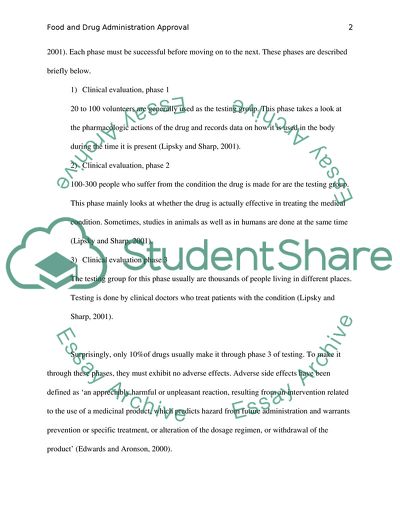Cite this document
(Food and Drug Administration Approval Literature review Example | Topics and Well Written Essays - 1500 words, n.d.)
Food and Drug Administration Approval Literature review Example | Topics and Well Written Essays - 1500 words. https://studentshare.org/health-sciences-medicine/1745459-fda-approval
Food and Drug Administration Approval Literature review Example | Topics and Well Written Essays - 1500 words. https://studentshare.org/health-sciences-medicine/1745459-fda-approval
(Food and Drug Administration Approval Literature Review Example | Topics and Well Written Essays - 1500 Words)
Food and Drug Administration Approval Literature Review Example | Topics and Well Written Essays - 1500 Words. https://studentshare.org/health-sciences-medicine/1745459-fda-approval.
Food and Drug Administration Approval Literature Review Example | Topics and Well Written Essays - 1500 Words. https://studentshare.org/health-sciences-medicine/1745459-fda-approval.
“Food and Drug Administration Approval Literature Review Example | Topics and Well Written Essays - 1500 Words”. https://studentshare.org/health-sciences-medicine/1745459-fda-approval.


